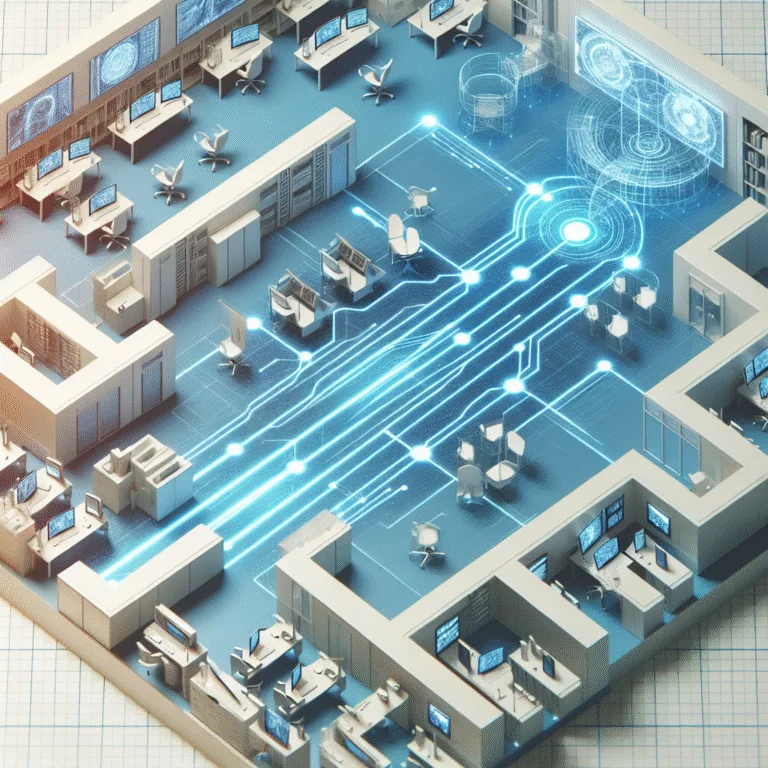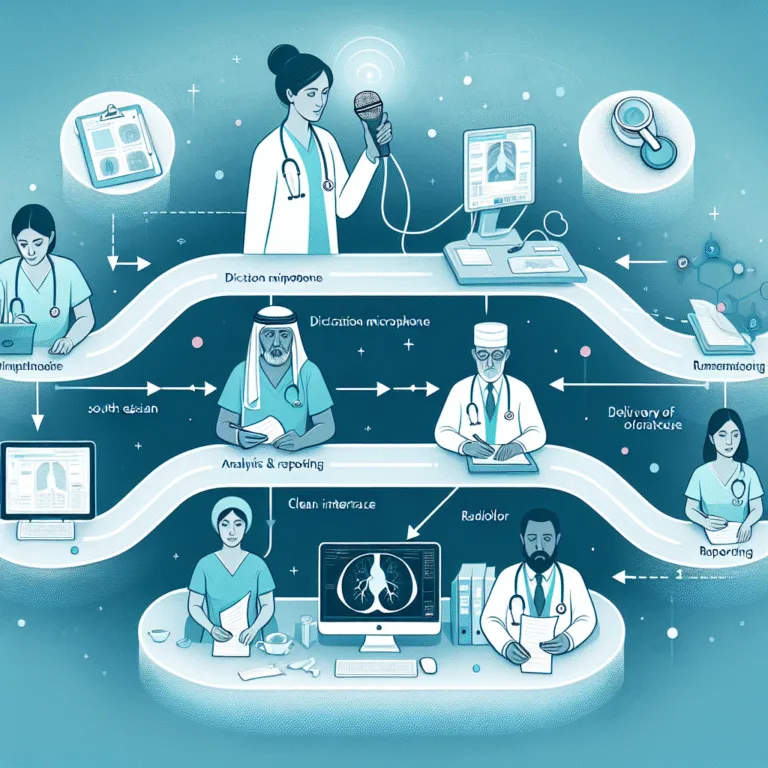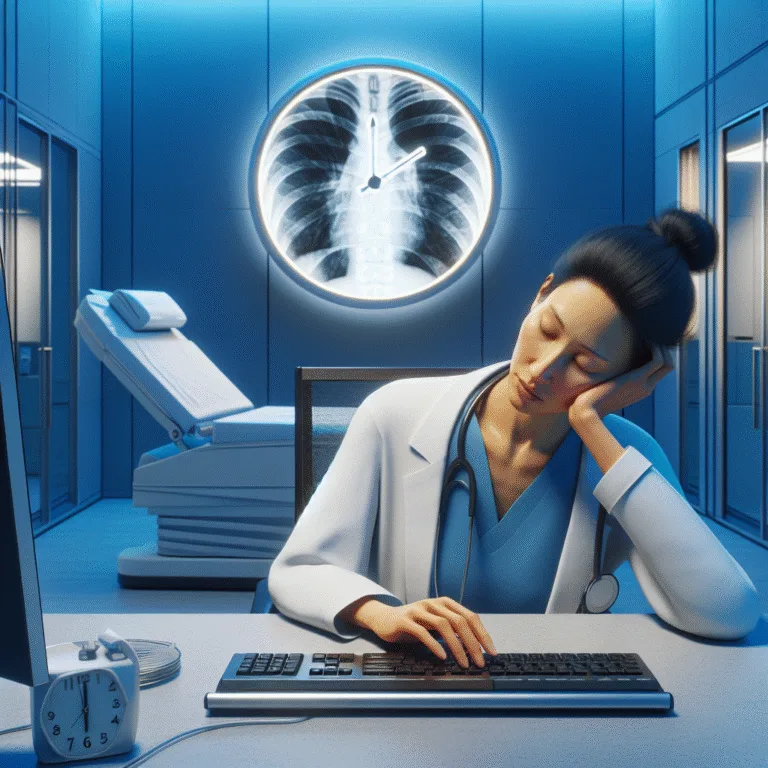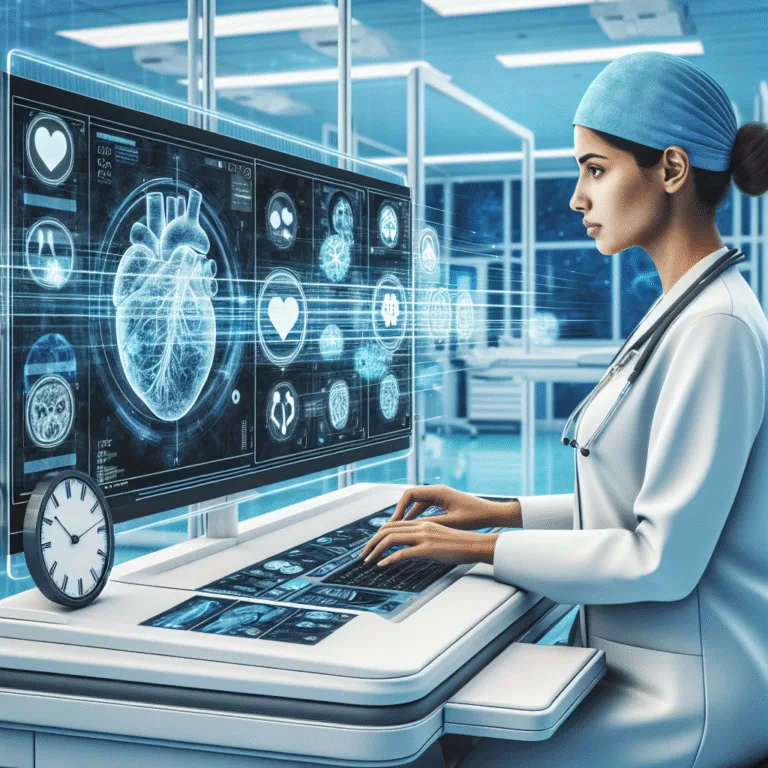The Essential Productivity Tools for Diagnostic Imaging Departments in 2025
The Essential Productivity Tools for Diagnostic Imaging Departments in 2025
Running an efficient imaging department in 2025 requires more than just a good PACS. This article highlights the essential categories of productivity tools every modern department should consider. From advanced reporting software to workflow automation platforms, discover the technologies that deliver the highest return on investment.
In the rapidly evolving landscape of healthcare, productivity tools for diagnostic imaging departments are becoming indispensable. As we look towards 2025, the integration of advanced technologies is not just beneficial but necessary to enhance efficiency and accuracy in radiology practices. This article delves into the essential tools that imaging departments should adopt to stay ahead in the field.
Advanced Reporting Software
One of the most significant advancements in radiology is the development of sophisticated reporting software. These tools streamline the reporting process, allowing radiologists to focus more on diagnostics rather than administrative tasks. For example, Rad Report AI offers a platform that leverages AI and voice dictation to expedite report generation, enhancing productivity and reducing turnaround times.
Such software often includes features like:
- Automated report templates
- Voice recognition and transcription
- AI-driven image analysis and suggestions
These features not only save time but also improve the accuracy and consistency of reports, which is crucial for patient care.
Workflow Automation Platforms
Integrating workflow automation platforms can significantly enhance the efficiency of diagnostic imaging departments. These systems manage routine tasks, such as scheduling, patient follow-ups, and data entry, allowing radiologists to concentrate on more complex diagnostics.
Key benefits of workflow automation include:
- Reduced administrative burden
- Improved patient management
- Enhanced data accuracy and accessibility
For instance, platforms like those highlighted by Healthcare IT News demonstrate how AI and automation are transforming healthcare, making them a worthy investment for any imaging department.
AI-Powered Diagnostic Tools
The integration of AI in diagnostic tools is revolutionizing the way radiologists interpret images. AI algorithms can quickly analyze large volumes of data, identifying patterns and anomalies that may be missed by the human eye.
AI-powered tools offer:
- Faster image processing
- Enhanced diagnostic accuracy
- Predictive analytics for better patient outcomes
According to a study published in the Journal of Digital Imaging, AI applications in radiology are proving to be invaluable in improving diagnostic precision and efficiency.
Importance of Integrating Productivity Tools
Adopting these productivity tools for diagnostic imaging departments is crucial for maintaining competitiveness and ensuring high-quality patient care. By reducing manual workload and enhancing diagnostic capabilities, these tools allow radiologists to deliver faster and more accurate results.
Moreover, the integration of these technologies often leads to:
- Higher patient satisfaction
- Increased departmental throughput
- Better resource management
Ultimately, the goal is to create a seamless workflow that supports radiologists in delivering optimal care.
Sample Radiology Report Template
To illustrate the impact of advanced reporting tools, here is a sample radiology report template that can be used to standardize and expedite the reporting process:
Patient Name: [Patient Name]
Patient ID: [Patient ID]
Date of Exam: [Date]
Modality: [CT/MRI/Ultrasound]
Findings:
- [Detailed findings]
Impression:
- [Summary of findings and clinical impression]
Radiologist: [Radiologist Name]
This template, when integrated with AI-powered software, can significantly reduce the time spent on report generation while ensuring consistency and accuracy.
Conclusion
As we approach 2025, the adoption of productivity tools for diagnostic imaging departments will be essential for enhancing efficiency and accuracy. By leveraging advanced reporting software, workflow automation platforms, and AI-powered diagnostic tools, imaging departments can improve their operations and patient care outcomes.
Embrace these technological advancements to stay competitive and deliver the highest standard of care. 🚀 Try Rad Report AI For Free — and experience faster, smarter reporting today.







